

“The LRDR completed a Space Domain Awareness (SDA) data collect event in January 2024 that proved the SDA capability, and the U.S. Space Force and MDA are in the process of formally declaring LRDR ready for SDA early use in April 2024,” according to MDA Director Lt. Gen. Heath Collins.
By Theresa Hitchens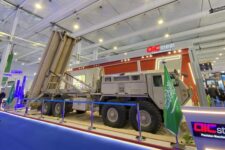
“There are currently only two production lines for these products: the original production line in the US, and now an additional source of supply here in the Kingdom,” Lockheed Martin’s vice president and general manager of Integrated Air and Missile Defense, Jason Reynolds told Breaking Defense.
By Agnes Helou
Reducing system complexity through user experience design saves time, training and lives.
By Breaking Defense
Under its Glide Breaker project, DARPA wants to develop a prototype kill vehicle to intercept incoming hypersonic vehicles in their glide phase, before they begin high-speed maneuvers.
By Theresa Hitchens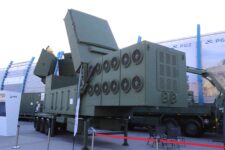
Poland announced deals potentially worth over $15 billion on Monday, including plans to purchase Raytheon-made Lower-Tier Air and Missile Defense Sensors.
By Bartosz Głowacki
Germany is expected to have an initial operational capability by 2025 and be fully operational by 2030.
By Seth J. Frantzman
“The best missile strategy is to destroy the missiles prior to launch. A focus on missile defeat could enable distributed non-kinetic systems with larger magazines and the ability to engage missiles before they can deploy complex decoys, countermeasures, maneuvers or multiple reentry vehicles,” said Rear Adm. Sean Regan, NORTHCOM’s director of operations.
By Theresa Hitchens
“I think the future of homeland defense looks vastly different than it does today,” NORTHCOM/NORAD Commander Gen. Glen VanHerck said Thursday.
By Theresa Hitchens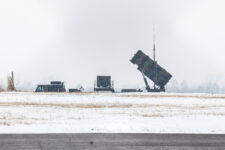
“I think about the value of training forces that never previously had a capability like that and then we provide that capability to them. And they’re able to conduct an intercept in that way,” Gen. Charles Flynn said. “To me that’s that’s the bigger issue.”
By Colin Clark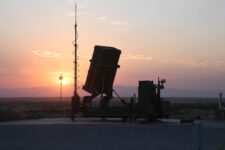
The Air Defense Artillery needs to be all that it can be. It can ill afford to maintain a single, unintegrated system as an Army of one, writes Tom Karako of CSIS.
By Tom Karako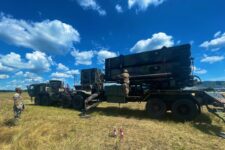
“We need to be careful about these scarce precious assets,” said Tom Karako, a missile defense expert with the Center for Strategic and International Studies. “While we’re only sending one battery, once it’s there, it’s probably not going to come back.”
By Valerie Insinna






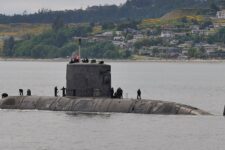









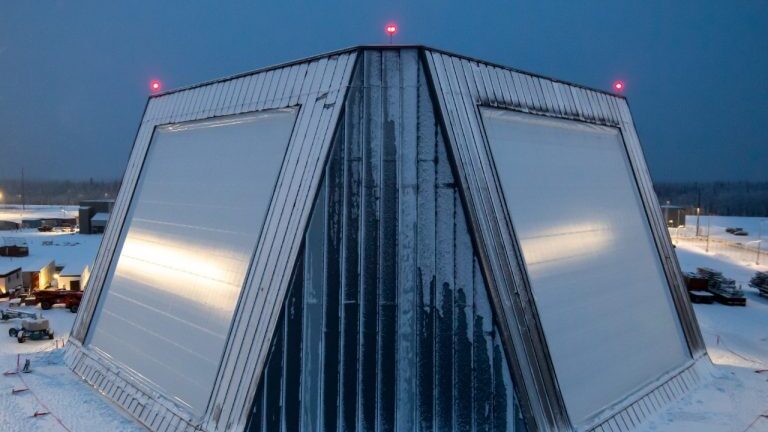
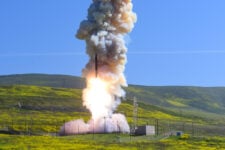

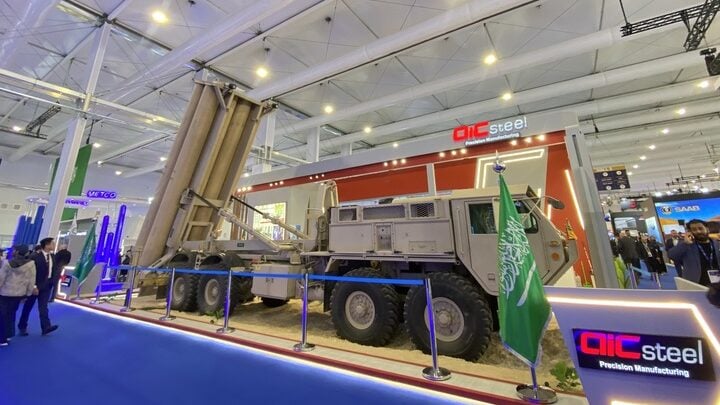


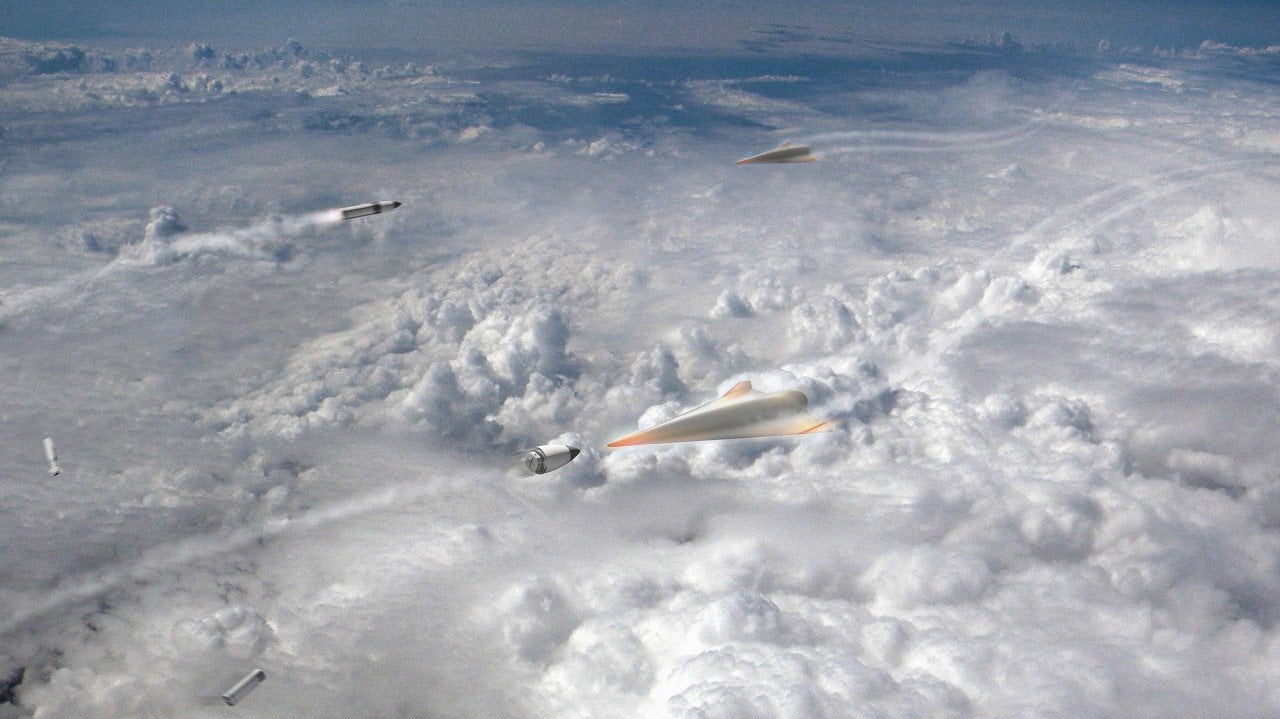
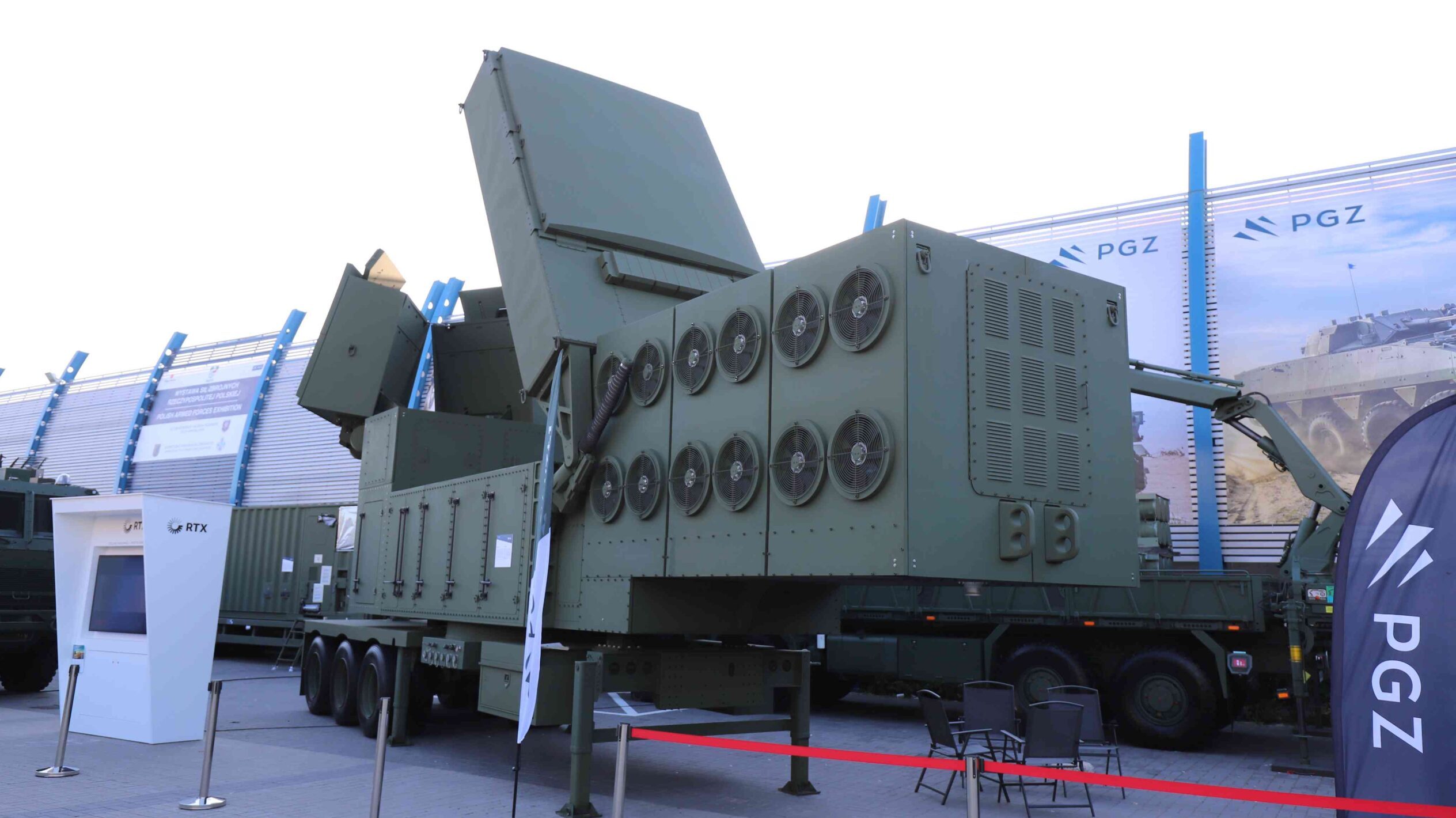
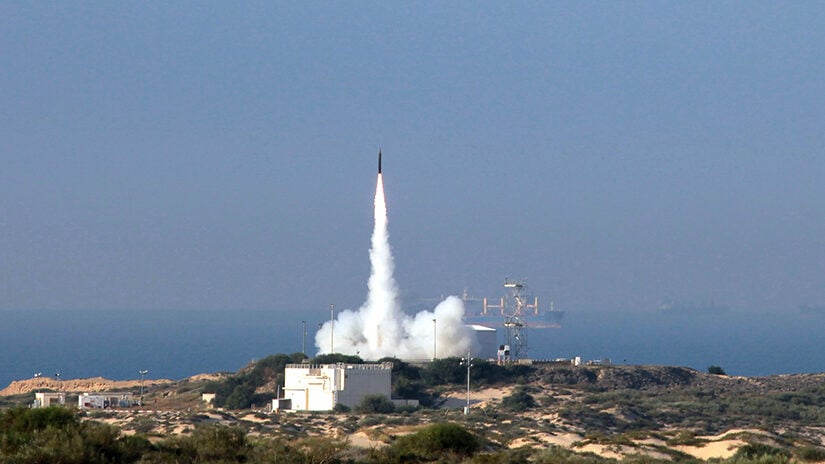


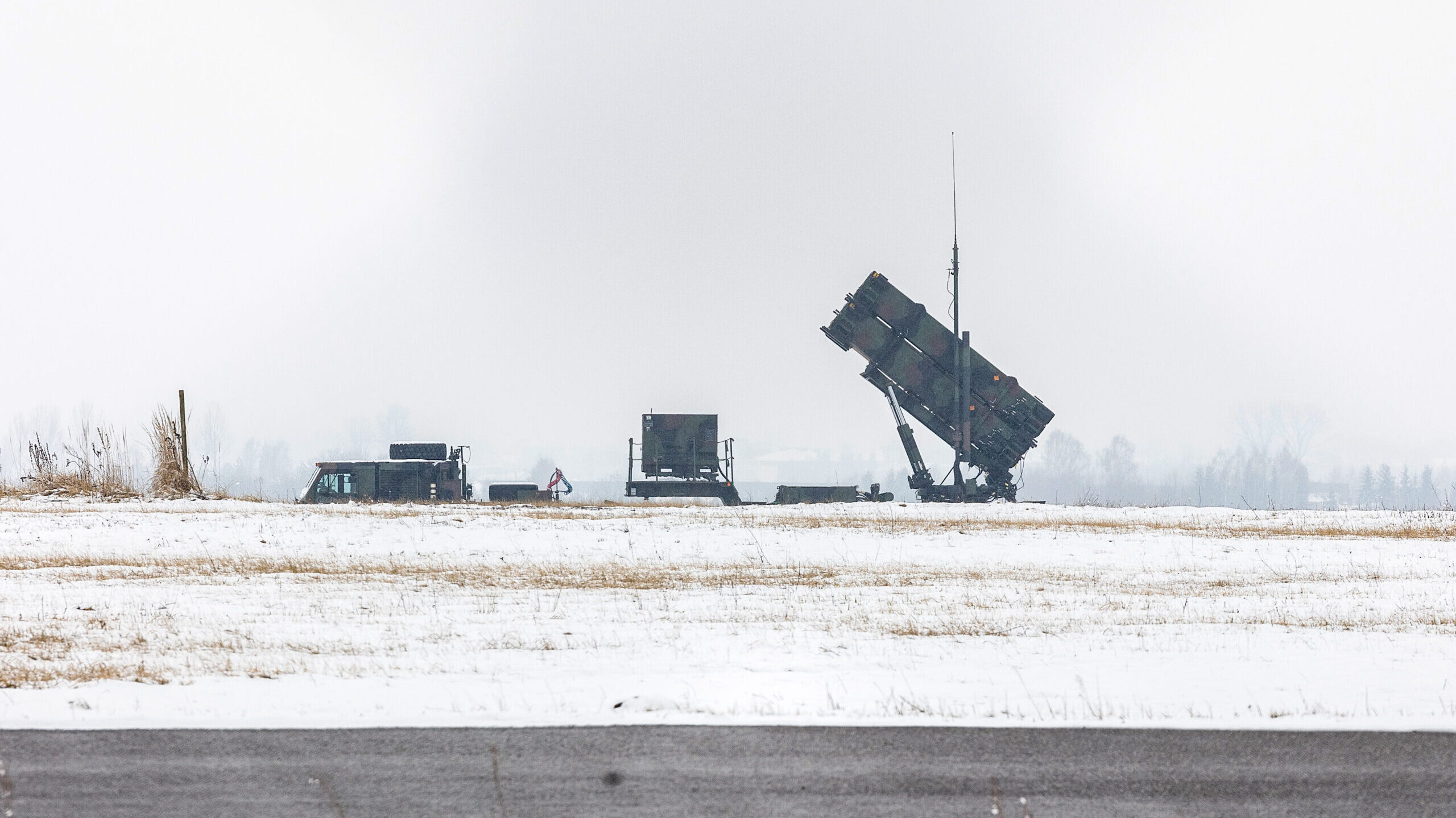
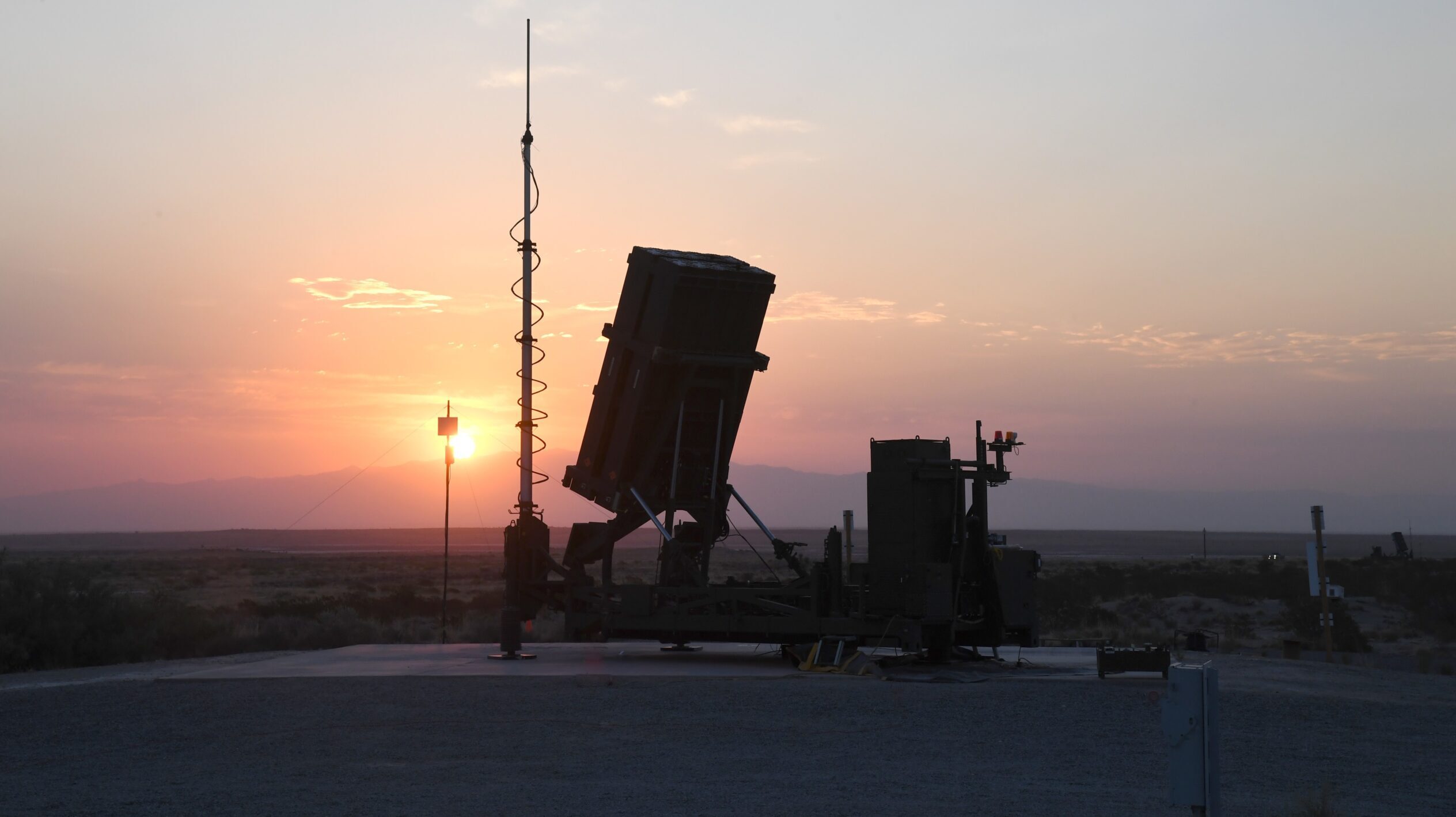
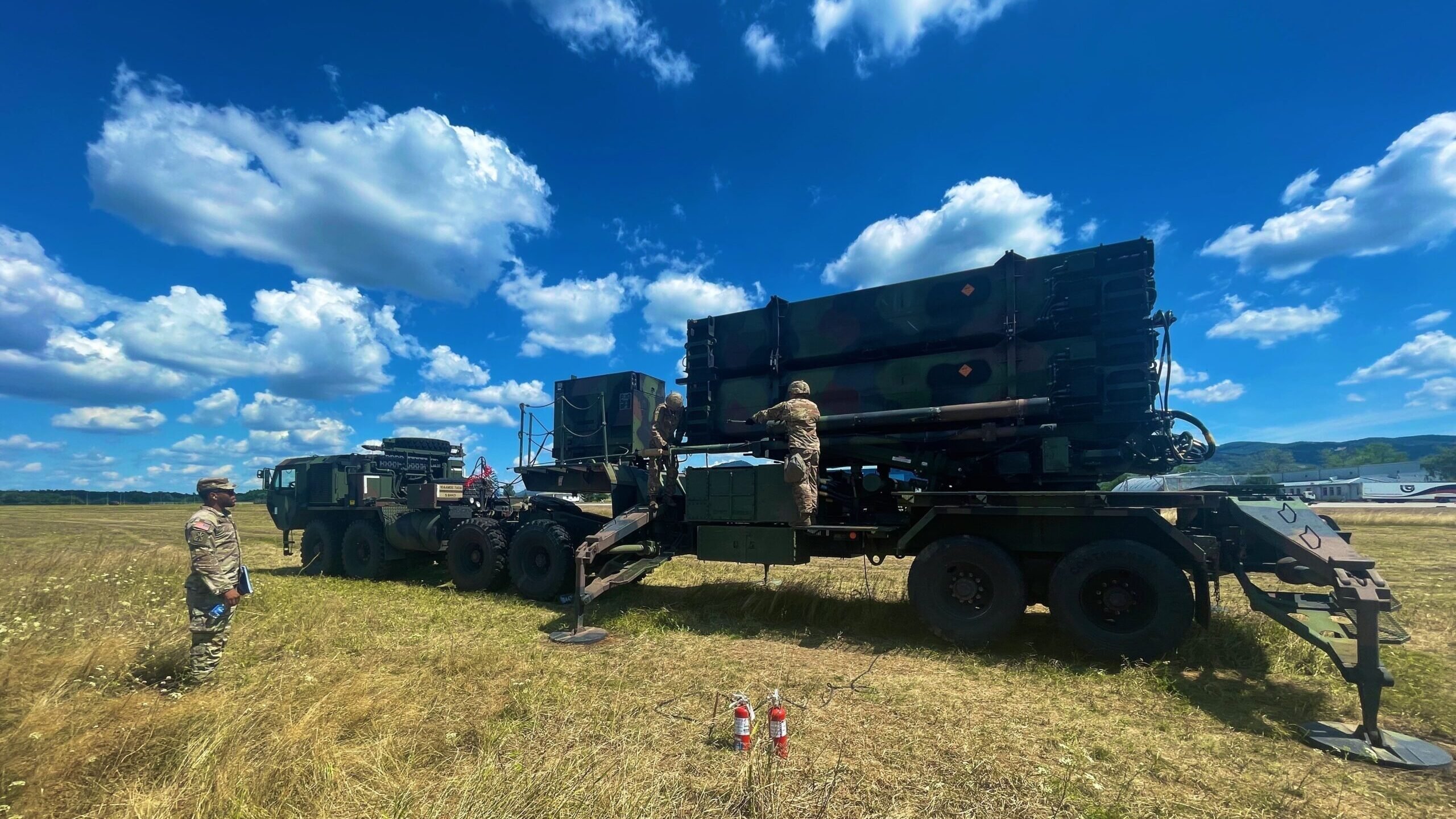

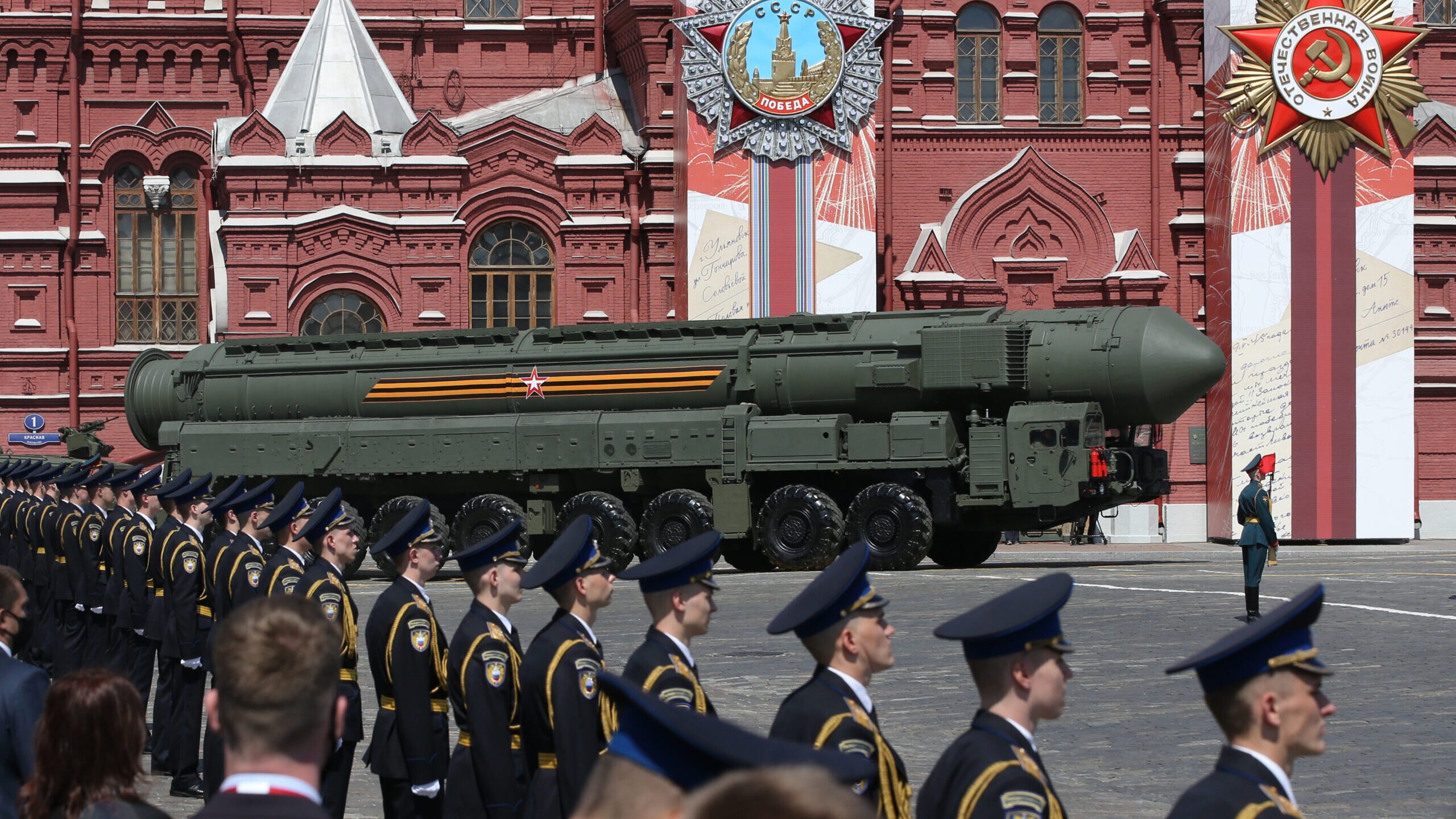
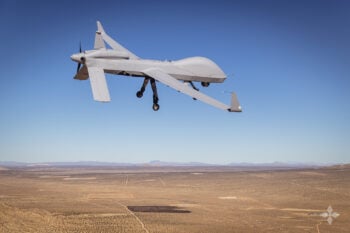

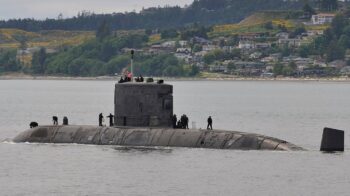


A study by the National Academy of Public Administration sounded the alarm over missile defense gaps and recommended ways to shore it up, as argued below by two figures who worked closely on it.
By Bill Greenwalt and Roger Kodat